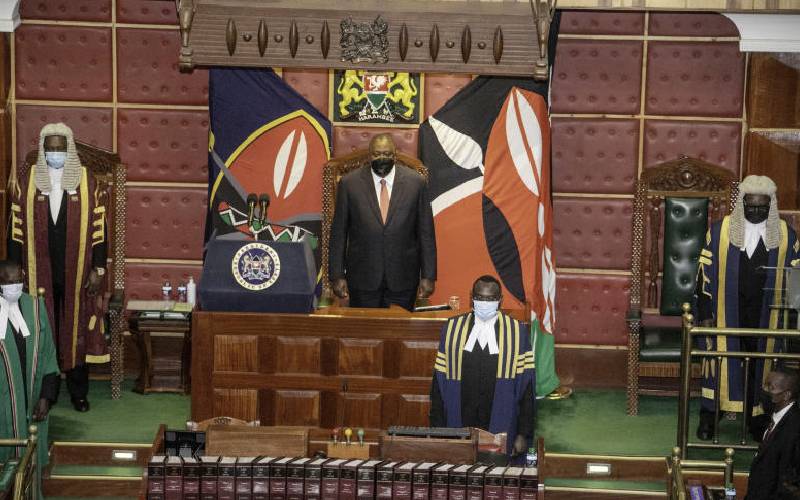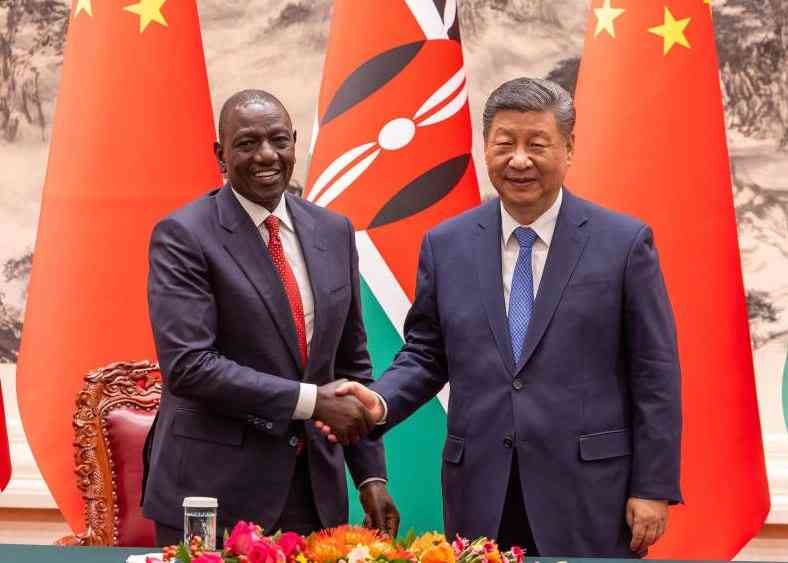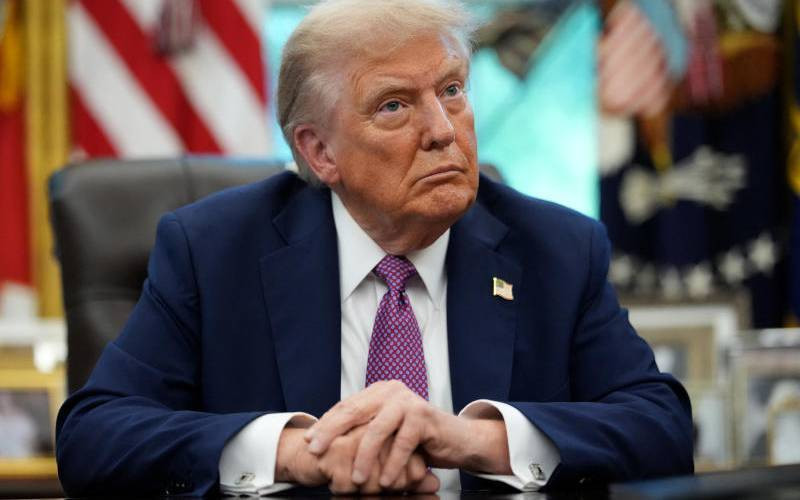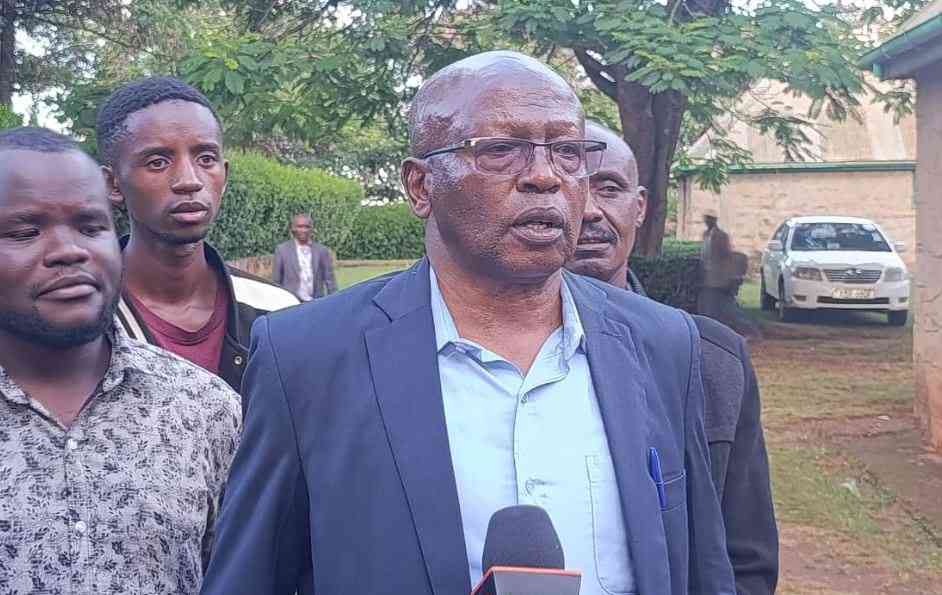×
The Standard e-Paper
Join Thousands of Readers

To the ruling Jubilee “Kieleweke” plus “Handshake” opposition in government, the speech was President Uhuru Kenyatta’s “best ever”. [PSCU]
The least surprising observation following President Uhuru Kenyatta’s 8th State of the Nation Address (SONA 2021) last Tuesday was that reaction was split between the pre-2022 election divide that characterises Kenya’s post-handshake politics.







